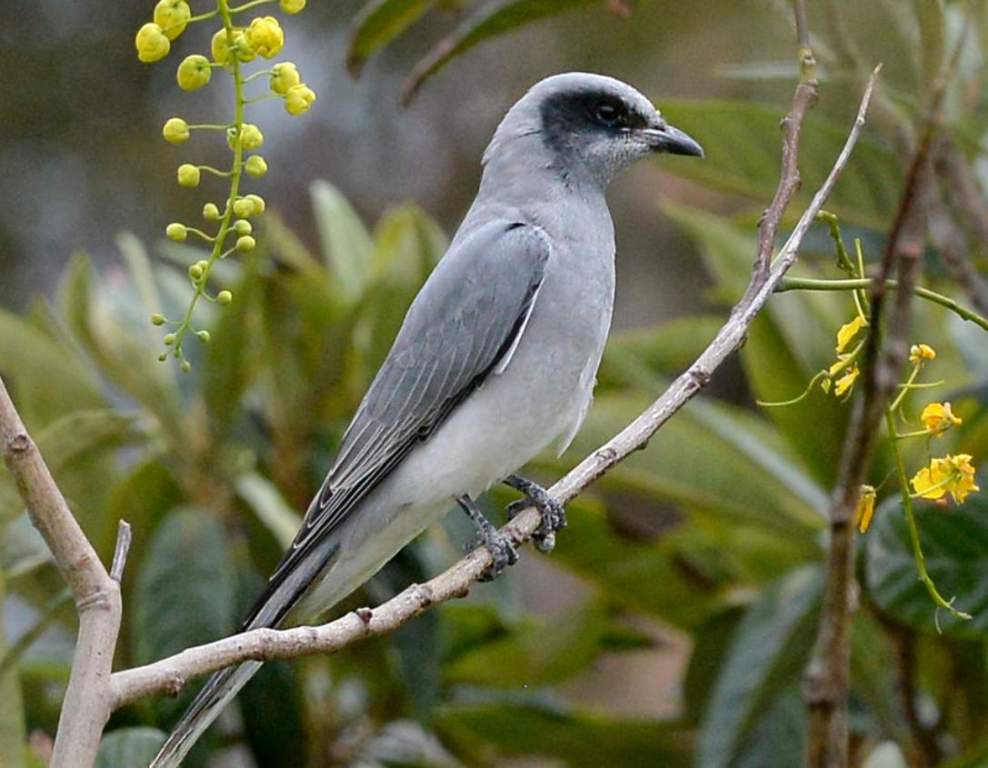The beautiful and attractive White-Winged Widowbird (Euplectes albonotatus) is a species of passerine bird in the family of Ploceidae. This lovely bird is native to Africa south of the Sahara. This Widowbird is extremely sexually dimorphic in its breeding season. During this, the male’s yellow plumage turns dark, and he gains more white feathers, contrasting with the female’s predominantly pale coloration.
The Widowbird was first defined by John Cassin (American ornithologist) in 1848. This bird’s alternate names are White-fronted, White-shouldered Widowbird, White-winged, White-shouldered Whydah, and Long-tailed Black Whydah. So far only three subspecies of the White-winged Widowbird are now recognized.
The White-winged Widowbird is 5.9 to 7.5 inches in length and about 0.81 oz in weight. The male is a short-tailed widowbird in its region with white on its coverts. The breeding male is famed for the Yellow-mantled Widowbird by its shorter tail. The wing color, lack of yellow on its back, and paler bill. However, Females are pale below.
The White-winged can be found in Angola, Botswana, Burundi, the Central African Republic, The Republic of the Congo, The Democratic Republic of the Congo, Gabon, Ethiopia, Malawi, Kenya, Mozambique, Rwanda, Namibia, São Tomé, South Africa, Tanzania, Sudan, Swaziland, Zimbabwe, Uganda, and Zambia. The White-winged Widowbird’s favorite habitats are savanna, grasslands, wetlands, and cultivated land. White-Winged Widowbird call is “witz-witz-witz-witz” and “zeh-zeh-zeh-zeh”. Here you can listen to the song of a white-winged bird.
The bird is polygynous, with one male mating with 3 to 4 females, and lives in flocks. Its nest’s shape is oval solely built by the male. Most bird nests are found in the branches of trees or shrubs. Nesting starts from November to May, and it’s peaking from December to March.
The female birds lay a clutch of two to four white eggs. Normally she will incubate for 12 to 14 days. The chick’s feeding is completed by the female in the nest for 11 to 14 days. The chick’s independence comes 22 to 25 days later. This bird’s food mainly consists of eating grass seeds, nectar, and insects.
Also Read:
-
Yellow Bibbled Lory
-
Two-Tailed Ancient Bird Discovered
-
American Purple Gallinule
-
The Facts and Information of Golden Pheasant
-
Himalayan Cutia
-
The Crested Kingfisher (Megaceryle lugubris)
Source: Wikipedia














